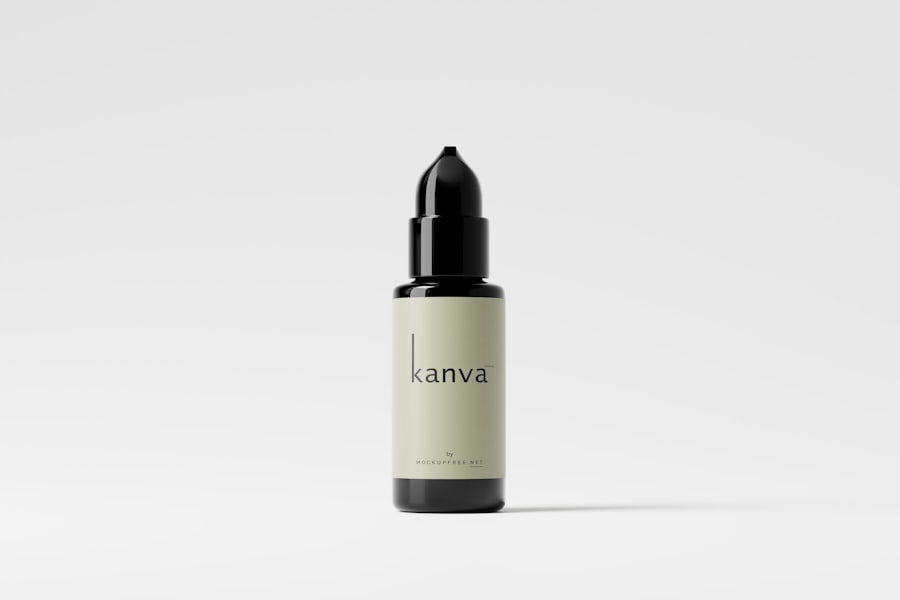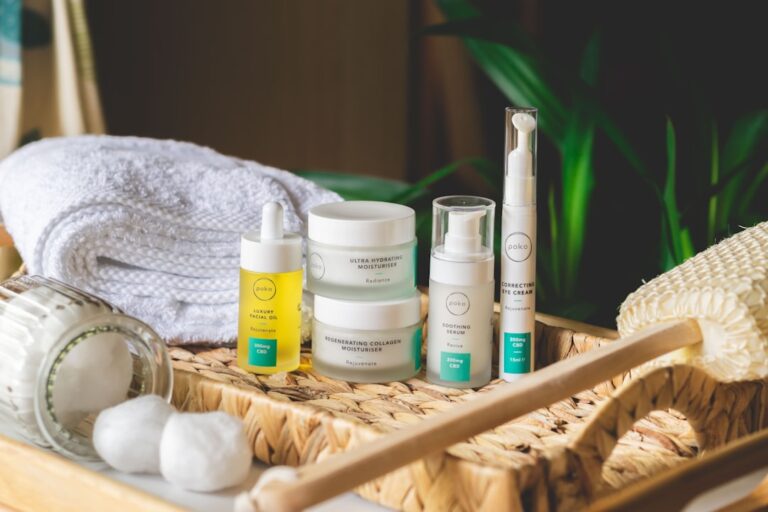DIY Bug Repellent: Keep the Bugs at Bay

Bug repellent is a crucial product for outdoor enthusiasts and activities. It helps prevent insect bites, which can cause discomfort and potentially transmit diseases such as West Nile virus, Lyme disease, and Zika virus. The primary function of bug repellent is to create a barrier on the skin that deters insects from landing and biting.
Various forms of bug repellent are available, including sprays, lotions, and wipes. Many commercial products contain synthetic chemicals, which has led to increased interest in natural and homemade alternatives. These natural options are often perceived as safer for skin application and more environmentally friendly.
The effectiveness of bug repellents can vary depending on the active ingredients, concentration, and application method. Factors such as climate, insect species, and individual body chemistry can also influence a repellent’s performance. Regular reapplication may be necessary, especially during prolonged outdoor exposure or after swimming or sweating.
When choosing a bug repellent, consumers should consider factors such as the intended use, duration of protection needed, and any personal sensitivities to ingredients. It is important to follow the product’s instructions for safe and effective use, particularly when applying repellents to children or in combination with sunscreen.
Key Takeaways
- Bug repellent is important for protecting yourself from insect bites and potential diseases
- Natural ingredients like essential oils can be used to make DIY bug repellent
- Making your own bug repellent is easy and cost-effective
- Apply DIY bug repellent to exposed skin and clothing for maximum effectiveness
- Store DIY bug repellent in a cool, dark place to preserve its potency and effectiveness
- Alternatives to DIY bug repellent include wearing long sleeves and pants, using mosquito nets, and using commercial bug repellent products
- Enjoying the outdoors bug-free is possible with the right bug repellent and precautions
Natural Ingredients for DIY Bug Repellent
Making Your Own Natural Bug Repellent
Natural Ingredients with Insect-Repelling Properties
If you’re interested in making your own bug repellent, there are several natural ingredients that have been shown to be effective at repelling bugs. One of the most popular natural bug repellents is essential oils. Essential oils such as citronella, eucalyptus, lavender, peppermint, and tea tree oil have all been found to have insect-repelling properties.
Combining Essential Oils for a Pleasant-Smelling Repellent
These oils can be used alone or in combination to create a bug repellent that is both effective and pleasant-smelling.
Additional Natural Ingredients for a Safe and Effective Repellent
In addition to essential oils, other natural ingredients that can be used in DIY bug repellent include witch hazel, apple cider vinegar, and aloe vera. Witch hazel is a natural astringent that can help to keep bugs at bay, while apple cider vinegar has a strong odor that bugs find unappealing. Aloe vera is not only soothing for the skin but also has insect-repelling properties. By combining these natural ingredients, you can create a bug repellent that is safe, effective, and free from harsh chemicals.
Steps to Make Your Own Bug Repellent

Making your own bug repellent is a simple and rewarding process. To create a basic DIY bug repellent, you will need a few key ingredients: witch hazel, essential oils, and a small spray bottle. Start by filling the spray bottle with witch hazel, leaving some room at the top for the essential oils.
Next, add several drops of your chosen essential oils to the bottle. For example, you might use 10-15 drops of citronella oil, 5-10 drops of lavender oil, and 5-10 drops of peppermint oil. Once the essential oils have been added, shake the bottle well to mix the ingredients together.
If you prefer a more moisturizing bug repellent, you can also add aloe vera gel or coconut oil to the mixture. Simply combine the witch hazel, essential oils, and aloe vera or coconut oil in a bowl and mix well before transferring the mixture to a spray bottle. Once your DIY bug repellent is ready, be sure to label the bottle with the ingredients used and the date it was made.
This will help you keep track of the repellent’s shelf life and ensure that it remains effective.
Application and Usage of DIY Bug Repellent
| DIY Bug Repellent | Application and Usage |
|---|---|
| Ingredients | Essential oils (eucalyptus, citronella, lavender), water, witch hazel |
| Application | Apply directly on skin or clothing |
| Effectiveness | Varies depending on concentration and frequency of application |
| Duration | Needs to be reapplied every few hours |
When it comes to using DIY bug repellent, it’s important to apply it properly to ensure maximum effectiveness. Before heading outdoors, shake the bottle of bug repellent well to ensure that the ingredients are evenly mixed. Then, spray or apply the repellent to any exposed skin, making sure to cover all areas where bugs are likely to bite.
Be sure to avoid spraying the repellent directly onto your face; instead, spray it onto your hands and then carefully apply it to your face, avoiding contact with your eyes and mouth. It’s also important to reapply bug repellent regularly, especially if you are sweating or swimming. As a general rule of thumb, reapply the repellent every 2-4 hours for continuous protection.
If you are spending an extended period of time outdoors, consider bringing the DIY bug repellent with you so that you can reapply it as needed. By following these application and usage tips, you can enjoy the outdoors without having to worry about pesky bug bites.
Tips for Storing and Preserving DIY Bug Repellent
To ensure that your DIY bug repellent remains effective for as long as possible, it’s important to store and preserve it properly. Keep the bug repellent in a cool, dark place away from direct sunlight and heat, as exposure to these elements can cause the ingredients to degrade more quickly. Additionally, be sure to keep the bottle tightly sealed when not in use to prevent evaporation and maintain the potency of the repellent.
It’s also a good idea to label your DIY bug repellent with the date it was made and the expiration date of the ingredients used. This will help you keep track of how long the repellent has been stored and when it may need to be replaced. If you notice any changes in the color or scent of the bug repellent, or if it becomes less effective at repelling bugs, it may be time to make a fresh batch.
Alternatives to DIY Bug Repellent

Permethrin-Treated Clothing
Wearing clothing treated with permethrin is a popular alternative to DIY bug repellent. Permethrin is an insect-repellent chemical that can be applied to clothing and gear, providing long-lasting protection against mosquitoes, ticks, and other biting insects without having to apply bug repellent directly to your skin.
Natural Bug-Repelling Plants
Another alternative to DIY bug repellent is using natural bug-repelling plants in your outdoor space. Plants such as citronella, lavender, marigolds, and basil are known for their insect-repelling properties and can help keep bugs at bay when planted in gardens or placed in outdoor living areas.
Physical Barriers
Using mosquito nets or screens around outdoor seating areas can provide a physical barrier against bugs while still allowing you to enjoy the fresh air. This is a simple and effective way to keep bugs away without having to apply repellent or wear treated clothing.
Enjoying the Outdoors Bug-Free
In conclusion, bug repellent is an important tool for anyone who enjoys spending time outdoors. By using natural ingredients such as essential oils and witch hazel, you can create your own DIY bug repellent that is safe, effective, and free from harsh chemicals. Proper application and storage of DIY bug repellent will help ensure its effectiveness over time, allowing you to enjoy the outdoors without having to worry about pesky bug bites.
In addition to DIY bug repellent, there are alternative options such as permethrin-treated clothing and natural bug-repelling plants that can help keep bugs at bay. By incorporating these strategies into your outdoor routine, you can enjoy nature without being bothered by insects. Whether you’re hiking in the woods, gardening in your backyard, or simply relaxing on your patio, having effective bug repellent on hand will allow you to make the most of your outdoor experiences bug-free.
If you’re looking for more life hacks, check out this article on best life hacks for students. It’s full of tips and tricks to help you navigate the challenges of student life and make the most of your time and resources.
FAQs
What are the benefits of making your own bug repellent?
Making your own bug repellent allows you to control the ingredients and avoid harsh chemicals. It can also be a cost-effective and environmentally friendly option.
What are some common ingredients used in DIY bug repellents?
Common ingredients used in DIY bug repellents include essential oils such as citronella, lavender, eucalyptus, and peppermint, as well as carrier oils like coconut oil or witch hazel.
How do you make your own bug repellent?
To make your own bug repellent, you can mix essential oils with a carrier oil or alcohol, and then apply the mixture to your skin or clothing. There are various recipes available online that you can follow.
Are DIY bug repellents effective?
DIY bug repellents can be effective at repelling insects, but their effectiveness may vary depending on the specific ingredients used and the concentration of those ingredients.
Are there any safety considerations when making and using DIY bug repellents?
It’s important to be cautious when using essential oils, as some individuals may have sensitivities or allergies to certain oils. Always do a patch test before applying a DIY bug repellent to a larger area of skin. Additionally, keep DIY bug repellents out of reach of children and pets.






